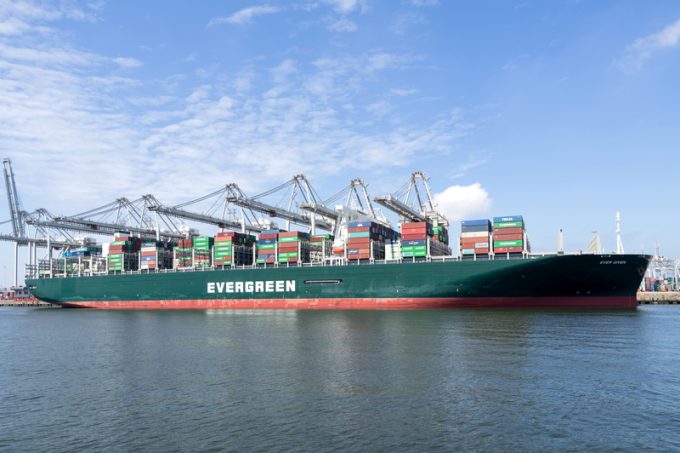Congestion at Asian and European ports keeping charter rates firm
UPDATED TO CHANGE ECONDB DELAYS FROM VESSEL WAITING TIMES TO CONTAINER DWELL TIMES. Bottlenecks at Asian ...

Starting the year in lockdown and ending the year in lockdown, it all seems like a scene from the Bill Murray classic film Groundhog Day, but in between we did manage some valuable face-to-face networking. So here’s hoping we can finally kick this nasty virus into touch in 2022!
Meanwhile, 2021 proved to be a very challenging year for shippers, but an exceptionally profitable one for ocean carriers and containership owners.
Soaring freight rates – both short-term and contract – along with ...
Asia-USEC shippers to lose 42% capacity in a surge of blanked sailings
USTR fees will lead to 'complete destabilisation' of container shipping alliances
New USTR port fees threaten shipping and global supply chains, says Cosco
Outlook for container shipping 'more uncertain now than at the onset of Covid'
Transpac container service closures mount
DHL Express suspends non-de minimis B2C parcels to US consumers
Zim ordered to pay Samsung $3.7m for 'wrongful' D&D charges
Uncertainty over US tariffs sparks interest in bonded warehouses for imports

Comment on this article